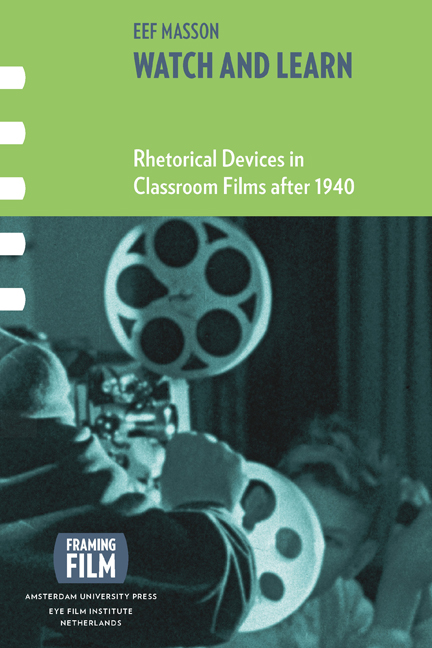Summary
Tidings of any ‘new’ audio-visual medium entering the domain of public consumption invariably seem to cause commentators to speculate on its potential educational use. In recent decades, it was the advent of innovative digital applications that provoked such thought; earlier on, it was the promise of analogue media such as still and moving photographic images. Pronouncements on the subject tend to be made in rather grandiloquent terms: authors claim that the particular technologies they advocate might in some way revolutionise current educational practice. The media they deal with are considered to hold the potential of radically changing didactic methodologies, and by the same token, solve century-old problems, both on the teachers’ part and on the pupils’ or students’.
In practice, of course, the objects of such speculation do not always find access very easily in (regular, formal) education. As a rule, compulsory schooling is financed at least in part out of public funds; therefore, the institutions that provide it can rarely keep abreast of the most up-to-date audio-visual developments. In addition to this, optimistic predictions are often countered with objections, originating among others in the teaching field itself. If any consensus between proponents and adversaries is eventually reached – often at a time when the technology concerned has not been so new for quite a while – one of the conclusions is that while it may indeed have certain didactic benefits, its educational use ultimately depends on the production of media texts that are sufficiently adapted to the specific purposes they should serve in schools. The immediate implication is that such texts necessarily differ from the kinds of material that are already available, and that are used in other, non-educational environments.
‘CLASSROOM FILMS’: WHAT'S IN A NAME?
In the early 1940s, entrepreneur A. A. Schoevers produced a memo, addressed to the Dutch government, that contained a number of guidelines for the establishment of a new, official body. The agency he had in mind would take on the task of coordinating the supply of films for use in regular (compulsory) education. The document was part of a larger corpus of texts which, collectively, make a plea for the conception of such an organisation with money provided by the Dutch government.
- Type
- Chapter
- Information
- Watch and LearnRhetorical Devices in Classroom Films after 1940, pp. 11 - 25Publisher: Amsterdam University PressPrint publication year: 2012



